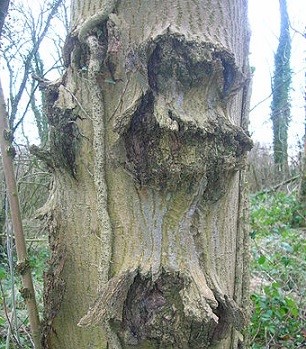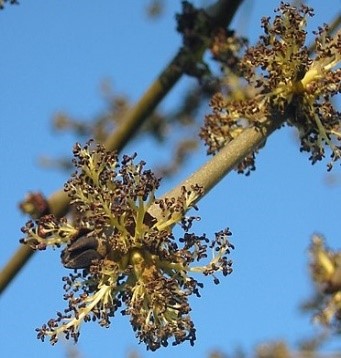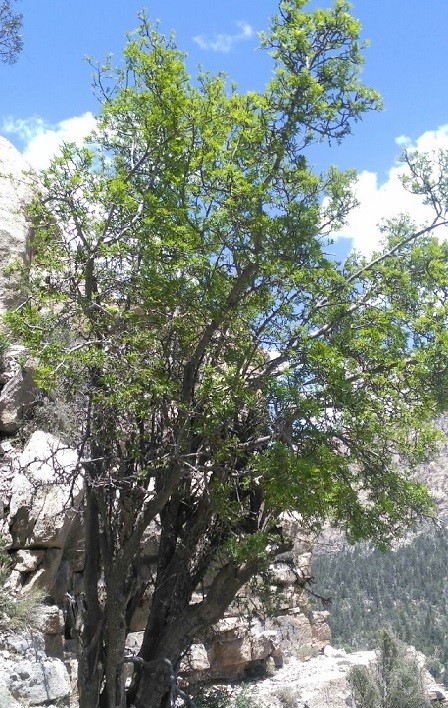Trees
Fraxinus xanthoxyloides (G. Don) D.C.
Fraxinus xanthoxyloides (G. Don) D.C.
Description :
A
shrub or small deciduous tree 3 to 7.5 m tall with diameters of 0.3 to 0.6 m.
The leaves are compound, with the leaflets in threes. Leaves are 8 to 12 cm
long. The flowers are arranged in dense bunches. They may be unisexual or
bisexual and bloom between March and April. The fruit is a winged seed that
mature between May and August. It is reproduced both from seed and by
vegetative means. The seeds are small and winged and under natural conditions
can be transported great distances. The tree has been successfully planted in
Ziarat (Balochistan) where it is an associate of juniper. It grows very slowly.
MAI diameter growth of 0.25cm /yr is common. One year old coppice shoots are
0.25 to 0.9 m tall. It has no known insect or disease problems. Close grained,
wood is white and hard, heavy and resilient with Specific gravity of 0.72.
Distribution :
The
tree is native to the subcontinent including Pakistan, Afghanistan, and India.
In Pakistan it is found in Gilgit agency, Chitral, Dir, Swat, Hazara, Kurram,
and Balochistan. A tolerant tree that grows on a variety of calcareous, loamy,
rich, deep soils. It is adapted to a precipitation zone of 250 to 1000 m/yr. It
prefers an arid to semiarid, cool to cold temperate, Mediterranean climate with
a temperature range of -20 to 35°C at elevations between 1000 and 2500 m. It
coppices easily and is frost and drought resistant.
Uses :
This
is a good tree for reforestation projects in denuded watersheds. The wood is of
limited value but can be used for fuel and fodder. Also used for construction,
fuel, tool handles, fodder, and watershed protection.



